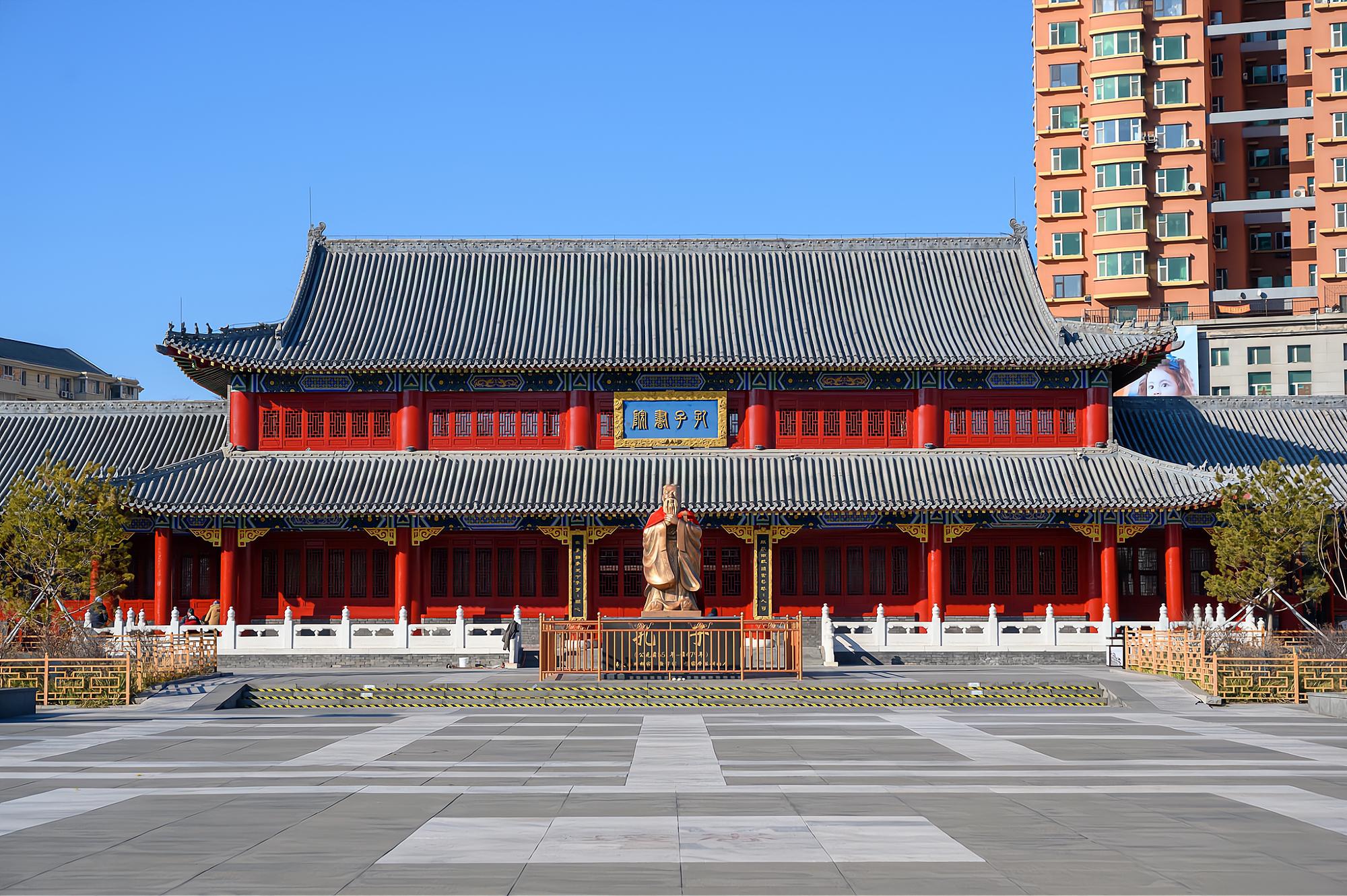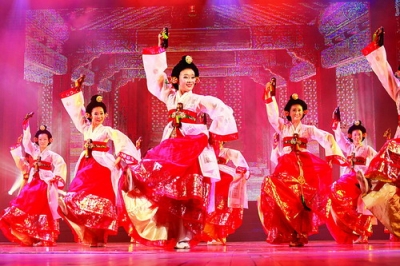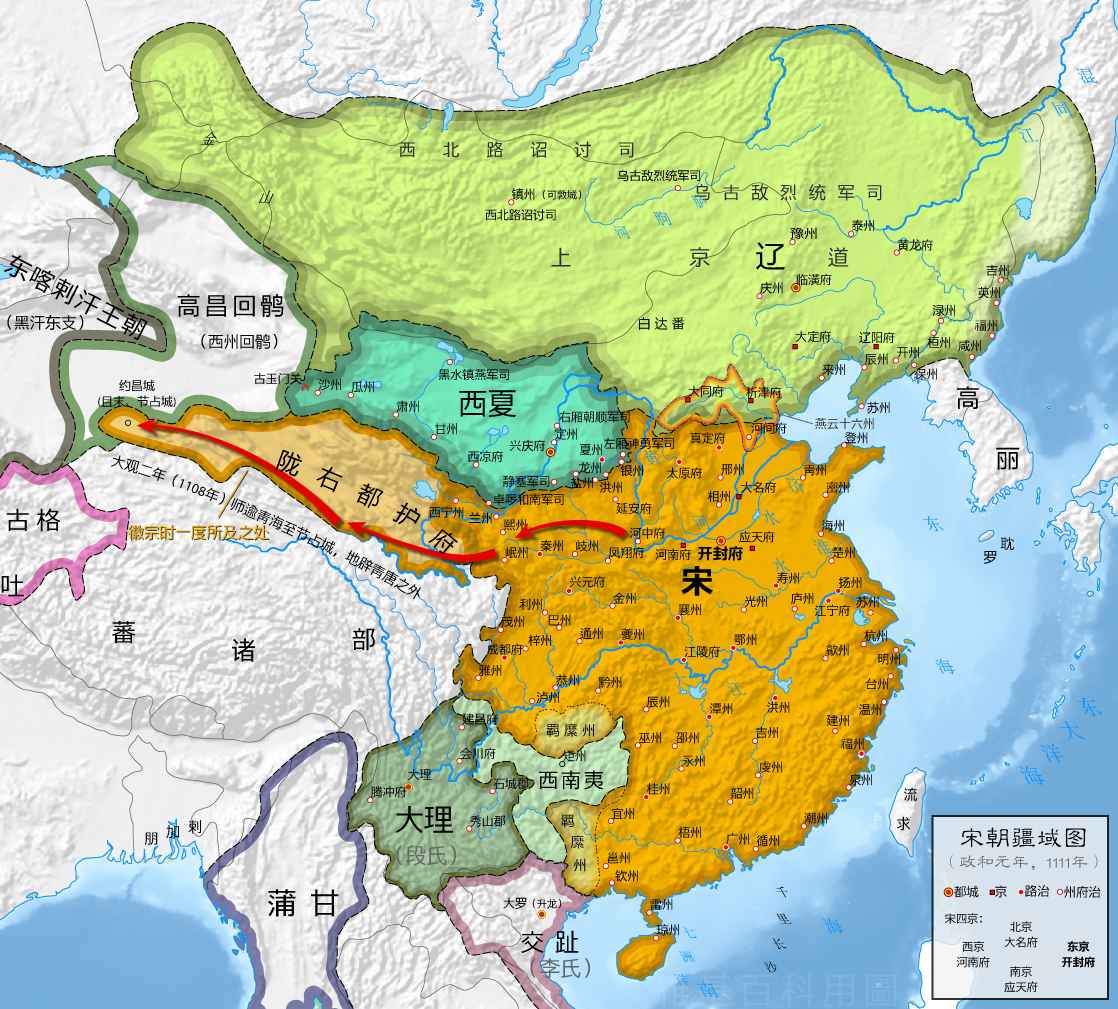
Deutsch-Chinesische Enzyklopädie, 德汉百科
 Jilin Sheng-JL
Jilin Sheng-JL





 Ministry of Education
Ministry of Education
 Nobel prize
Nobel prize
 University/Institute
University/Institute
 Nobel prize
Nobel prize
 Nobel Peace Prize
Nobel Peace Prize
 State key laboratory
State key laboratory
 State Key Lab of Inorganic Synthesis & Preparative Chemistry
State Key Lab of Inorganic Synthesis & Preparative Chemistry
 State Key Laboratory of Automotive Simulation and Control
State Key Laboratory of Automotive Simulation and Control
 State Key Laboratory of Supramolecular Structure and Materials
State Key Laboratory of Supramolecular Structure and Materials
 State Key Laboratory on Integrated Optoelectronics
State Key Laboratory on Integrated Optoelectronics

 Anhui Sheng-AH
Anhui Sheng-AH
 Beijing Shi-BJ
Beijing Shi-BJ
 Hainan Sheng-HI
Hainan Sheng-HI
 Hebei Sheng-HE
Hebei Sheng-HE
 Heilongjiang Sheng-HL
Heilongjiang Sheng-HL
 Jilin Sheng-JL
Jilin Sheng-JL
 Liaoning Sheng-LN
Liaoning Sheng-LN
 Nei Mongol Zizhiqu-NM
Nei Mongol Zizhiqu-NM
 Shaanxi Sheng-SN
Shaanxi Sheng-SN
 Shandong Sheng-SD
Shandong Sheng-SD
 Shanxi Sheng-SX
Shanxi Sheng-SX

金朝,国号大金(女真文:![]() /amba-an antʃu-un/[4];满语:ᠠᡳ᠌ᠰᡳᠨ
/amba-an antʃu-un/[4];满语:ᠠᡳ᠌ᠰᡳᠨ
ᡤᡠᡵᡠᠨ,转写:aisin gurun;1122年-1234年),是中国历史上由女真人建立的一个朝代。女真人原为辽朝的藩属,女真人首领金太祖完颜阿骨打在统一女真诸部后,1115年于会宁府(今黑龙江省哈尔滨市阿城区)建都立国。大金立国后,与北宋定“海上之盟”向辽朝宣战,于1125年灭辽,然北宋两次战辽皆败,金随即撕毁与北宋之约,两次南下中原,于1127年灭北宋。迁都中都时,领有华北地区以及秦岭、淮河以北的华中地区,使南宋、西夏与漠北塔塔儿、克烈等政权和部落臣服而称霸东亚。金朝占领华北中原,因此以中国正统王朝自居。因其灭北宋,金朝从意识形态上认为宋朝正朔已亡,不承认南宋为正统,并根据五行相生的原则选取生自宋朝“火”德的“土”德为王朝德运。[5]
金世宗与金章宗时期,金朝政治文化达到最高峰,然而在金章宗中后期逐渐走下坡。金军的战斗力持续下降,即使统治者施以丰厚兵饷也无法遏止。女真人与汉族的关系也一直没有能够找到合适的道路。金帝完颜永济与金宣宗时期,金朝受到北方新兴大蒙古国的大举南侵,内部也昏庸内斗,河北、山东一带民变不断,最终被迫南迁汴京(今河南开封)。而后为了恢复势力又与西夏、南宋交战,彼此消耗实力。1234年,金朝在蒙古和南宋南北夹击之下灭亡。
1115年完颜阿骨打称帝时对群臣说:“辽以宾铁为号,取其坚也。宾铁虽坚,终亦变坏,唯金不变不坏。”于是,以“大金”为国号,望其永远不变不坏也[6]。一说女真兴起于金水,故国号名金,在部分文献中,“金源”因此成为金朝的代称[7],现代学者研究指出,“金”实为女真的汉译,大金国意同“女真国”[8]。
金朝作为女真族所建的新兴征服王朝,其部落制度的性质浓厚。初期采取贵族合议的勃极烈制度。而后吸收辽朝与宋朝制度后,逐渐由二元政治走向单一汉法制度,使金朝的政治机制得以精简而强大[9]。军事方面采行军民合一的猛安谋克制度,其铁骑兵与火器精锐,先后打败许多强国[10]。经济方面大多继承自宋朝,陶瓷业与炼铁业兴盛,对外贸易的榷场掌控西夏的经济命脉。女真贵族大肆占领华北田地,奴役汉族,使得双方的冲突加剧。当金朝国势衰退时,汉族纷纷揭竿而起[11]。
金朝在思想文化方面也逐渐趋向汉化,中期以后女真年轻人改汉姓、著汉服的现象普遍,金廷屡禁不止。金世宗积极倡导学习女真字、女真语,但仍无法挽回女真汉化的趋势。杂剧与戏曲在金朝得到相当的发展,已盛行以杂剧的形式作戏。金代院本的发展,为后来元曲的杂剧打下了基础[12]。医学与数学都有长足的发展,金元四大家的学说为中医发展产生重要的影响,天元术的精进与《重修大明历》的修编为后来元朝数学带来重要的影响[13]。
金(きん、拼音:Jīn、女真語:![]() [amba-an antʃu-un]、1115年 - 1234年)は、金朝(きんちょう)ともいい、中国の北半を支配した女真族の征服王朝。
[amba-an antʃu-un]、1115年 - 1234年)は、金朝(きんちょう)ともいい、中国の北半を支配した女真族の征服王朝。
国姓は完顔氏。遼・北宋を滅ぼし、西夏を服属させ、中国南半の南宋と対峙したが、モンゴル帝国(元)に滅ぼされた。都は初め会寧(上京会寧府、現在の黒竜江省)、のち燕京(中都大興府、現在の北京)。
The Jin dynasty, officially known as the Great Jin (/dʒɪn/),[3] lasted from 1115 to 1234 as one of the last dynasties in Chinese history to predate the Mongol invasion of China. Its name is sometimes written as Kin, Jurchen Jin or Jinn in English to differentiate it from an earlier Jìn dynasty of China whose name is identical when transcribed without tone marker diacritics in the Hanyu Pinyin system for Standard Chinese.[4] It is also sometimes called the "Jurchen dynasty" or the "Jurchen Jin", because its founding leader Aguda (reign 1115–1123) was of Wanyan Jurchen descent.
The Jin emerged from Taizu's rebellion against the Liao dynasty (907–1125), which held sway over northern China until the nascent Jin drove the Liao to the Western Regions, where they became known as the Western Liao. After vanquishing the Liao, the Jin launched an over hundred-year war against the Song dynasty (960–1279), which was based in southern China. Over the course of their rule, the Jurchens of Jin quickly adapted to Chinese customs, and even fortified the Great Wall against the rising Mongols. Domestically, the Jin oversaw a number of cultural advancements, such as the revival of Confucianism.
The Mongols invaded the Jin under Genghis Khan in 1211 and inflicted catastrophic defeats on their armies. Though the Jin seemed to suffer a never-ending wave of defeats, revolts, defections, and coups, they proved to have tenacity. The Jin finally succumbed to Mongol conquest 23 years later in 1234.
La dynastie Jin (chinois traditionnel : 金朝 ; pinyin : ; littéralement : « dynastie d'or »), ou Grand Jin2, a dirigé la Chine du Nord-Est. Elle a été fondée en 1115 par Jin Taizu, le dirigeant du peuple mandchou des Jürchens, et a pris fin en 1234 par l'invasion des Mongols de Gengis Khan. Son nom est parfois écrit Kin, Jurchen Jin ou Jinn en anglais pour la différencier d'une autre dynastie Jin qui a régné sur la Chine et dont le nom est identique lorsqu'il est transcrit sans signes diacritiques de marqueur de tonalité dans le système Hanyu pinyin depuis le chinois standard3.
La dynastie Jin nait de la rébellion d'un chef de tribu jürchen nommé Wanyan Aguda qui, après avoir unifié les tribus jürchen dans le Nord de la Mandchourie, dans l'actuel Heilongjiang, se révolte contre la dynastie Liao (907-1125). Cette dynastie, dominée par le peuple des Khitans, a régné sur le nord de la Chine jusqu'à ce que les jürchens la détruisent. Les Khitans survivants partent vers l'ouest, où ils fondent le Khanat des Kara-Khitans. Après la défaite des Liao, Aguda devient empereur sous le nom de Jin Taizu. Sous le règne de son successeur, les Jin déclarent la guerre à la dynastie Song. Au début, ce conflit devait juste servir de moyen de pression sur la dynastie chinoise, pour l'obliger à verser un tribut plus important. Mais, trés vite, il tourne à la déroute pour les Song et permet aux Jin de conquérir une grande partie du Nord de la Chine, jusqu'aux rives du Yangzi Jiang. Au final, la lutte entre les deux dynasties, les Song s'étant repliés dans le sud de la Chine, va durer plus de cent ans.
Pendant leur règne, les Jurchens de la dynastie Jin se sont rapidement adaptés aux coutumes chinoises et ont même construit de nouvelles sections de la Grande Muraille pour se protéger contre la puissance montante des Mongols. La période de la dynastie Jin est une époque de progrès au niveau culturel et technologique, tels que le développement de la poudre à canon et le renouveau du confucianisme.
Les Mongols, dirigés par Gengis Khan, commencent à envahir les terres des Jin en 1211 et infligent des défaites catastrophiques aux armées des Jürchen. Bien que les Jin aient semblé subir une vague sans fin de défaites, de révoltes, de défections et de coups d'État, ils se sont montrés tenaces. La dynastie Jin ne succombe à la conquête mongole que 23 ans plus tard, en 1234.
La dinastia Jīn (jurchen: Anchu; manciu: Aisin Gurun; cinese: 金朝; pinyin: Jīn Cháo; mongolico: Altan Ulus; 1115–1234), conosciuta anche come dinastia Jurchen, fu fondata dal clan Wanyan (完顏 Wányán) degli Jurchen, antenati dei Manciù, che fondarono la dinastia Qing circa 500 anni dopo.
La dinastía Jin (chino: 金, Wade-Giles: Chin1, pinyin: Jīn, jurchen: Anchu), también conocida como la dinastía Yurchen, fue fundada por los Waynan (完顏 Wányán), clan de los Yurchen, los antepasados de los manchúes que establecieron la dinastía Qing quinientos años más tarde. El nombre es algunas veces escrito como Jinn para diferenciarlo de la dinastía Jin previa cuyo nombre es igual al de la Jin en el alfabeto romano.
Se fundó en 1115, bajo el liderazgo de Wányán Āgǔdǎ (完顏阿骨打), líder del clan Waynan, en el norte de Manchuria, el cual se proclamó emperador de China con el nombre de Tàizǔ (太祖). Muerto Wányán Āgǔdǎ (1123), su hijo y sucesor Wányán Wúqǐmǎi (完顏吳乞買) -que había tomado el nombre imperial de Tàizōng (太宗)- aniquiló con éxito a la dinastía Liao en el año 1125, que había existido entre Manchuria y la frontera norte de China durante varios siglos. El 9 de enero de 1127, las fuerzas Jin de Wányán Wúqǐmǎi saquearon Kaifeng, capital de la dinastía Song del norte, capturando al nuevo emperador Qinzong, que había ascendido al trono tras la abdicación de su padre el emperador Huizong al ver la necesidad de enfrentarse al ejército Jin. Siguiendo a la caída de Kaifeng, los Song, bajo el liderazgo de la heredera dinastía Song del sur, continuaron la lucha durante más de una década contra el poderío Jin, firmando finalmente un tratado de paz en 1141, y cediendo todo el norte de China a los Jin en 1142 para obtener la paz.
Después de dominar el norte de China, la dinastía Jin poco a poco se fue adaptando a la cultura china, trasladando su capital desde Huining Fu en el norte de Manchuria (al sur de la actual Harbin) a Zhongdu (la actual Pekín). A inicios del siglo XIII comenzó a sentir la presión de los mongoles desde el norte. En 1214 la dinastía Jin movió su capital a Kaifeng para huir de los mongoles; pero bajo las fuerzas del imperio mongol liderado por Ugedei Khan, tercer hijo de Gengis Kan y de sus aliados de la dinastía Song del sur, se derrumbó en 1234.
En 1616 los manchúes que se encontraban bajo el liderazgo de Nurhaci formaron la dinastía Jin posterior, tomando su nombre de esta dinastía. La Jin posterior fue renombrada y llamada dinastía Qing en 1636, y continuó la conquista de China, convirtiéndose en la última dinastía de la China imperial.
Государство Цзинь (кит. упр. 金朝, пиньинь: Jīn Cháo, букв. Золотая) — чжурчжэньское государство (по другому прочтению — Кинь[1]), существовавшее на территории северного Китая в XII-XIII веках.
Основателем государства Цзинь был Агуда (阿骨打) из клана Ваньянь (完颜), территория влияния которого изначально ограничивалась бассейном реки Амур.






朝鲜族地区是我国北方著名的“水稻之乡”。享有盛名的延边稻米,晶莹剔透,清香扑鼻,清代延边龙井县明岩乡所产稻米就曾被钦定为贡米。延边著名的“苹果梨”,果大、肉多、果心小,汁液丰富,酸甜适度。此外,人参、党参、贝母、山葡萄、松茸、木耳、元蘑等,也是朝鲜族地区的特产。
朝鲜族有本民族的语言和文字。朝鲜语归属尚无有定论,一般认为属阿尔泰语系。我国朝鲜族现在使用的语言文字称为朝鲜语和朝鲜文。以前朝鲜文中曾夹用汉文,现在都用民族文字拼写。
 Beijing Shi-BJ
Beijing Shi-BJ
 Gansu Sheng-GS
Gansu Sheng-GS

 History
History
 L 1000 - 1500 AD
L 1000 - 1500 AD
 Hebei Sheng-HE
Hebei Sheng-HE
 Heilongjiang Sheng-HL
Heilongjiang Sheng-HL
 Jilin Sheng-JL
Jilin Sheng-JL
 Liaoning Sheng-LN
Liaoning Sheng-LN
 Nei Mongol Zizhiqu-NM
Nei Mongol Zizhiqu-NM
 Ningxia Huizu Zizhiqu-NX
Ningxia Huizu Zizhiqu-NX
 Qinghai Sheng-QH
Qinghai Sheng-QH
 Shaanxi Sheng-SN
Shaanxi Sheng-SN
 Shanxi Sheng-SX
Shanxi Sheng-SX

辽朝(907年-1125年),国号大辽,又称大契丹国(契丹国,契丹大字:![]() )[注 1],是中国历史上由契丹人建立的一个朝代,国祚210年[2]。
)[注 1],是中国历史上由契丹人建立的一个朝代,国祚210年[2]。
契丹族首领耶律阿保机吞并了契丹各个部落后,于916年称帝建国“契丹”。918年定都临潢府(今内蒙古巴林左旗南)。契丹屡次南下中原,946年阿保机之子耶律德光攻灭后晋后确定国号为“大辽”[注 2],983年改为“契丹”,1066年改为“大辽”[3],直到1125年3月26日为金朝所灭为止。除了辽朝之外,契丹族尚建立相关国家。1122年,天祚帝北逃夹山,耶律淳于辽南京被立为帝,史称北辽[3]。辽朝灭亡后,耶律大石西迁到中亚楚河流域,1132年建立西辽。1211年西辽被屈出律篡位,1218年被蒙古帝国所灭。
史学界对“契丹”含义最广为接受的说法是镔铁或刀剑之意。后来改国名为“辽”也是“铁”的意思,同时“辽”也是契丹人发祥地辽水的名字,以示不忘本之意。又因与南方的中原政权长期对峙,而称“北朝”,而称中原王朝为“南朝”[4]。辽朝926年灭渤海国,938年据燕云十六州,后灭后晋,自居为继承后晋的中原正统,即使之后退回北方。依据五行德运说的五行相生规律,后晋的“木”德之后为“水”德,因此辽朝以水为德运,并相应以黑色为正色。[5]
辽朝全盛时期疆域东到日本海,西至阿尔泰山,北到额尔古纳河、大兴安岭一带,南到河北省南部的白沟河。契丹族本是游牧民族,辽朝皇帝使农牧业共同发展繁荣,各得其所,建立独特的、比较完整的管理体制。辽朝将重心放在民族发祥地,为了保持民族性将游牧民族(契丹人)与农业民族(汉人)分开统治,主张因俗而治,开创出两院制的政治体制。并且创造契丹文字,保存自己的文化。此外,吸收渤海国、五代、北宋、西夏及西域各国的文化,成效地促进辽朝政治、经济和文化各个方面发展。辽朝的军事力量与影响力涵盖西域地区,因此在唐朝灭亡后中亚、西亚与东欧等地区常将辽朝(契丹,英语作Cathay)当做中国,[6]。
Die Liao-Dynastie (chinesisch 遼朝 / 辽朝, Pinyin Liáocháo) war eine Dynastie im Norden Chinas von 916 bis 1125. Das Herrscherhaus und ein Teil der Untertanen waren Angehörige des (proto-)mongolischen Volks der Kitan. Der Dynastie-Gründer war Abaoji († 926).
遼(りょう、簡体字:辽、拼音:Liáo)は、遼朝(りょうちょう)ともいい、内モンゴルを中心に中国の北辺を支配した契丹人(キタイ人)耶律氏(ヤリュート氏)の征服王朝。916年から1125年まで続いた。中原に迫る大規模な版図(現在の北京を含む)を持ち、かつ長期間続いた最初の異民族王朝であり、いわゆる征服王朝(金、元、清が続く)の最初とされる。ただし、後の3つの王朝と異なって中原を支配下にはおいていない。
The Liao dynasty (/ljaʊ/;[5] Khitan: Mos Jælud; traditional Chinese: 遼朝; simplified Chinese: 辽朝; pinyin: Liáo cháo),[6] also known as the Liao Empire, officially the Great Liao (大遼; 大辽; Dà Liáo), or the Khitan (Qidan) State (Khitan: Mos diau-d kitai huldʒi gur),[7] was an empire in East Asia that ruled from 907 to 1125 over present-day Northern and Northeast China, Mongolia and portions of the Russian Far East and North Korea.[8] The empire was founded by Yelü Abaoji, Khagan of the Khitans around the time of the collapse of Tang China and was the first state to control all of Manchuria.[9]
Almost immediately after its founding, the Khitan Empire began a process of territorial expansion, with Abaoji leading a successful conquest of Balhae. Later emperors would gain the Sixteen Prefectures by fueling a proxy war that led to the collapse of the Later Tang (923–936) and would establish tributary relationships with Goryeo after losing in Goryeo–Khitan Wars (1018) against Goryeo.[10] In 1004, Liao Dynasty launched an imperial expedition against the Northern Song. After heavy fighting and large casualties between two countries, the two sides worked out the Chanyuan Treaty. Through the treaty Liao forced the Northern Song to recognize them as peers.
Tension between traditional Khitan social and political practices and Chinese influence and customs was a defining feature of the dynasty. This tension led to a series of succession crises; Liao emperors favored the Chinese concept of primogeniture, while much of the rest of the Khitan elite supported the traditional method of succession by the strongest candidate. So different were Khitan and Chinese practices that Abaoji set up two parallel governments. The Northern Administration governed Khitan areas following traditional Khitan practices, while the Southern Administration governed areas with large non-Khitan populations, adopting traditional Chinese governmental practices.
Differences between Chinese and Khitan society included gender roles and marital practices: the Khitans took a more egalitarian view towards gender, in sharp contrast to Chinese cultural practices that segregated men's and women's roles. Khitan women were taught to hunt, managed family property, and held military posts. Many marriages were not arranged, women were not required to be virgins at their first marriage, and women had the right to divorce and remarry.
The Liao dynasty was destroyed by the Jurchen-led Jin dynasty in 1125 with the capture of Emperor Tianzuo of Liao. However, the remnant Khitan, led by Yelü Dashi, established the Qara Khitai (Western Liao dynasty), which ruled over parts of Central Asia for almost a century before being conquered by the Mongols. Although cultural achievements associated with the Liao dynasty are considerable, and a number of various statuary and other artifacts exist in museums and other collections, major questions remain over the exact nature and extent of the influence of the Liao Khitan culture upon subsequent developments, such as the musical and theatrical arts.
La dynastie Liao (chinois simplifié : 辽朝 ; chinois traditionnel : 遼朝 ; pinyin : ; Khitan : Mos Jælud)1, également connue sous le nom d'Empire Khitan (chinois simplifié : 契丹国 ; chinois traditionnel : 契丹國 ; pinyin : ; Khitan : Mos diau-d kitai huldʒi gur)2, est un empire d'Asie orientale qui a régné sur la Mongolie, une partie de la Russie orientale et du nord de la Chine continentale entre 907 et 1125. Elle a été fondée par le Khagan Khitan Yelü Abaoji à la suite de la chute de la dynastie chinoise Tang.
Bien que couvrant essentiellement les steppes mongoles et quelques provinces du Nord de la Chine actuelle, la majorité de la population sous le contrôle de la dynastie était d'origine Chinoise Han. Le gouvernement Khitan a donc instauré un système administratif inédit visant à prendre en compte les spécificités de chaque partie du territoire, afin de mieux contrôler les populations locales. Cette période fut également une étape importante pour les Khitans, qui formalisent leur langue écrite à cette époque et commencent à intégrer de plus en plus les coutumes traditionnelles des Chinois Han.
L'empire a été détruit par les Jürchens de la dynastie Jin en 1125. Toutefois, certains survivants du peuple Khitan, menés par Yelü Dashi, ont établi la dynastie des Liao occidentaux. Connue également sous le nom de Khanate Kara-Khitans, cette dynastie a régné sur des parties de l'Asie centrale pendant près d'un siècle, avant d'être conquise à son tour par l'armée mongole de Genghis Khan.
La dinastia Liao (cinese tradizionale: 遼朝; cinese semplificato: 辽朝; pinyin: Liáo Cháo), 907-1125, conosciuta anche come impero Kitai (契丹國 / 契丹国 / Qìdān Guó), fu una dinastia che regnò sulle regioni della Manciuria, della Mongolia e su parte della Cina settentrionale. Fu fondata dalla tribù Yelü (耶律 Yēlǜ) del popolo Kitai nell'ultimo periodo della dinastia Tang, anche se il primo sovrano, Ābǎojī (阿保機 / 阿保机), proclamò il primo periodo di regno solo nel 916.
Nel 947 (o secondo altre fonti nel 938) l'imperatore Yelü Ruǎn adottò ufficialmente il nome "Liáo" (formalmente "Grande Liáo"). Abbandonato nel 983, il nome fu poi ripreso nel 1066.
Il regno dei Liao fu distrutto dagli Jurchi della dinastia Jīn nel 1125. I superstiti, guidati da Yelü Dashi, fondarono la dinastia Liao occidentale 1125-1220 o Kara Khitay, che sopravvisse fino all'arrivo dell'esercito mongolo di Gengis Khan.
La dinastía Liao (chino tradicional: 遼朝, chino simplificado: 辽朝, pinyin: Liáo Cháo, Wade-Giles: Liao2-Ch'ao2, kitán: Mos Jælut),12 907-1125, también conocida como Imperio kitán (契丹國 pinyin: Qìdān Guó, kitán: Mos diau-d kitai huldʒi gur)3 fue una dinastía china, de origen extranjero, que gobernó gran parte del nordeste del territorio chino actual.
Los kitán, uno de los grupos étnicos tunguses, de origen altaico, que habitaban hace siglos en la actual Manchuria, fundaron en el año 907 un estado que recibió inicialmente el nombre de Estado Kitán. Más adelante, tras conquistar el norte de China, el estado asumió formas de gobierno de estilo chino tomando el nombre dinástico de Liao, por el río del mismo nombre (en la actual provincia china de Liaoning) de su tierra ancestral. El imperio de los Liao convivió con la dinastía Song, al sur, y con el Imperio Tangut (o Xia Occidental), que gobernaba parte del noroeste chino.
El imperio de los kitán cayó definitivamente en el año 1125, derrotado por otro pueblo altaico, los yurchen, que conquistaron el territorio de los Liao, y fundaron su propia dinastía, la Jin.
Del nombre "kitán" deriva el nombre "Catay" con el que se conoció a China en Europa durante la Edad Media. El nombre actual de China en ruso (Kitái), mongol (Qitad) y uigur (Hitay) tiene también este mismo origen.
Ляо (монг. Кидан улс, кит. трад. 遼朝, упр. 辽朝, пиньинь: Liao chao, палл.: Ляо Чао) — государство кидань-монголов, которое занимало просторы Северо-Восточного Китая с момента основания киданьской государственности племенным вождём Абаоцзи (Амбагай) в 907 году до мятежа чжурчжэней в 1125 году. Столицы — Шанцзин (верховная, ныне Хуэйнинфу), Ляоян (восточная), Датун (западная), Наньцзин (южная, в районе современного Пекина).

 Architecture
Architecture
 Geography
Geography
 Animal world
Animal world